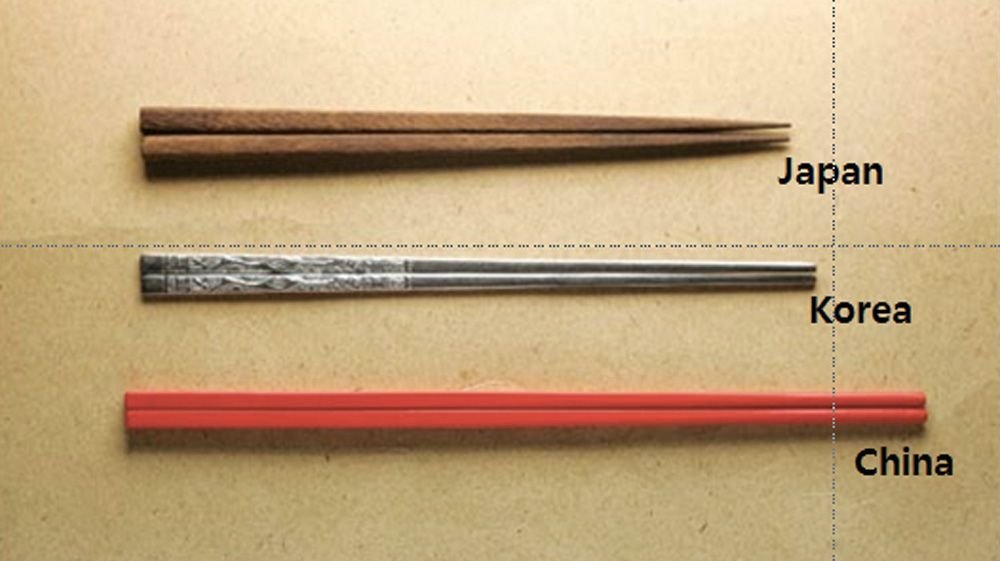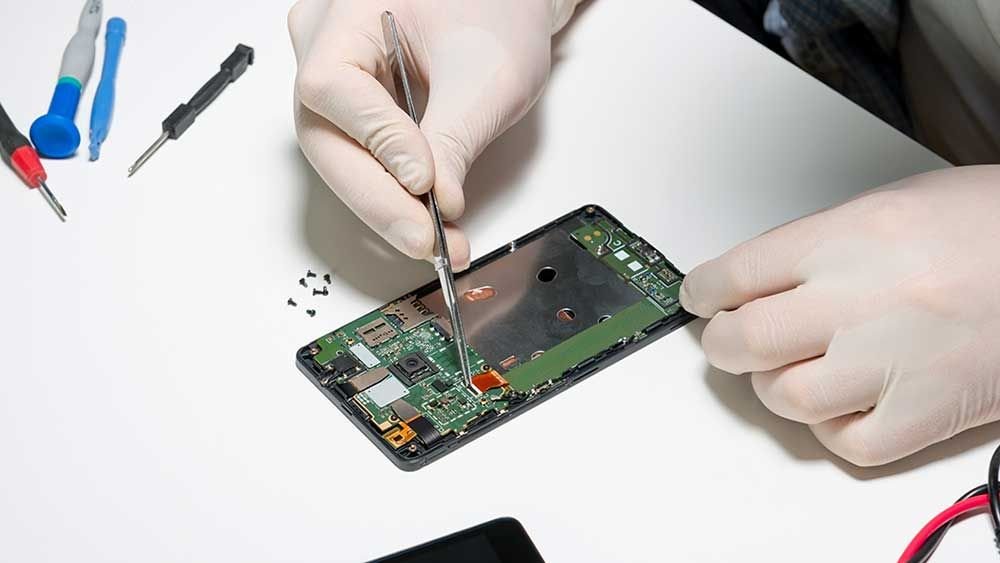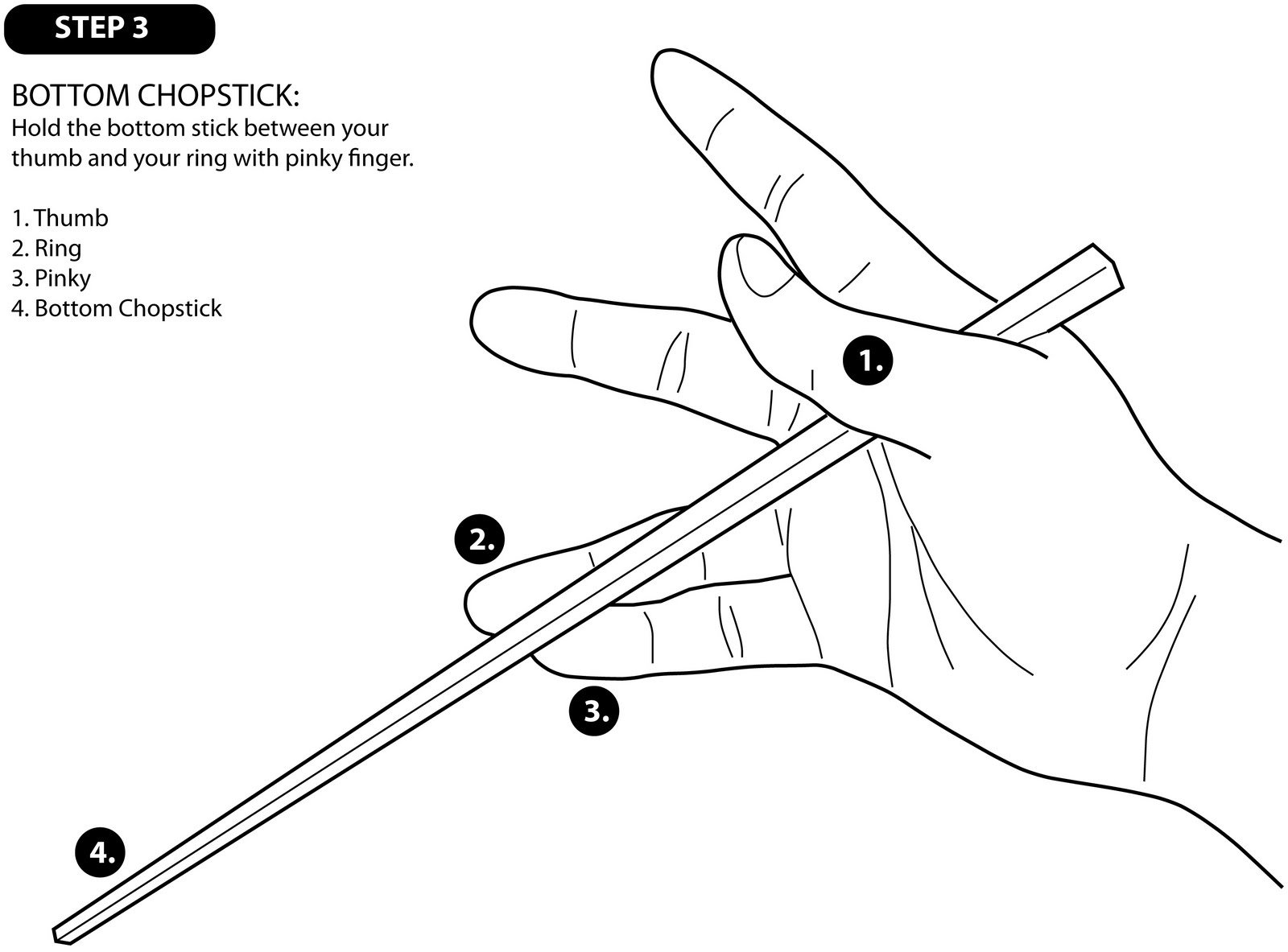
Get your tinfoil hats on, today will be our first cultural conspiracy theory! This narrative comes from my father-in-law who is a bonafide history guru and prolific writer. He has been meaning to join Steemit for a while but hasn’t found the time. I’d love to show him that the international Steemit community enjoys his topics so here goes…
Tangible Culture
If you’ve ever spent a good amount of time living or traveling through East Asia, you may have noticed one daily aspect of life that is ubiquitous throughout most countries but has a deep nuance to them -
Chopsticks
Chopsticks that we see in restaurants and take-out places throughout most of the world are usually rounded and squared versions, mainly wood and sometimes plastic. These are mostly used in China and Japan, designed to have better grip and generally easier to use due to thickness and lightness. Historically, these countries relied on wood and bamboo for their dual utensils.

Image Source: The Beauty of the Food and Culture
For some very strange reason, Koreans have mainly utilized flat metal (today stainless steel) chopsticks. These are significantly heavier and harder to wield. They do however, allow for more precise movements. With proper use, it isn’t difficult to pick up a single grain of rice, single sheet of dried seaweed, or any other tiny unit visible to the human eye.
The difference in design is attributed to a whole range of factors. The most common justification for the flat metal Korean version is that in any given Korean meal, you’ll be presented with several if not dozens of “banchan” (반찬) side dishes ranging from leafy kimchi to marinated beans to scallion pancakes. Each requires a different motion such as careful separation or strong gripping. Flat and weighty chopsticks allow for the most versatility.

Image Source: Blueberry Lover Blog
Having such a multi-purpose responsibility for a single utensil is why Korean parents are very often so strict about teaching their children how to use chopsticks properly. Without proper form, individuals are literally unable to pick up certain foods. My grandfather for instance, when he ran a manufacturing company in Korea, would refuse to take on new hires if they didn’t display proper form during their lunch interview. A single gesture is emotionally linked to character and education in South Korea. Individuals, including full-grown adults, are scolded and looked down upon if they cannot hold chopsticks with confidence.
So what does this have to do with technology?
From Side Dishes to Semi-Conductors
If you compile a list of what South Koreans are overall famous for in this world, it’s an interesting hodgepodge of seemingly unrelated industries and talents-
Samsung & LG Electronics
Olympic Sharpshooting and Archery
Surgery (Plastic and otherwise)
Electronic Gaming (i.e. Starcraft)
Antibiotics and Biological science
…But one consistent rationale behind this diversity is small-scale, hand-oriented precision. Why is this so ubiquitous in Korea?
Chopsticks
Here’s where it gets a bit wonky so bear with me. Scientists have proven that the use of chopsticks actually requires the simultaneous coordination of 64 small muscles and 30 joints in one’s arm. That physical requirement paired with visual precision stimulates high levels of brain activity and concentration. Every meal is surgery, every snack is as difficult as making a semi-conductor for a Samsung phone or LG flatscreen.

Image Source: Investor's Business Daily

Image Source: Archery 360
Korea has often been criticized for lacking overall innovation, instead often labeled as a “fast-follower” and “early-adopter” country. The country hasn’t cultivated the most innovative ideas but during its short modern history, has been able to take on complex procedures and improve on them to achieve industry leadership.
It’s probably too simplistic to attribute a country’s dense success from post-war ruin to international powerhouse to a simple clamping gesture but I’m a firm believer that culture begins from the smallest things and characteristics. Maybe two metal sticks are the key to achieving high educational rates and STEM prowess. Maybe chopsticks are the reason why technology is at its peak on the peninsula.

Image Source: Learn By Diagram Blog
Who knows ;)
The history and design of chopsticks are much more deep and nuanced than I’ve presented here today. If you’re interested in the topic, I highly recommend checking out resources such as this and this.
Steem on!

